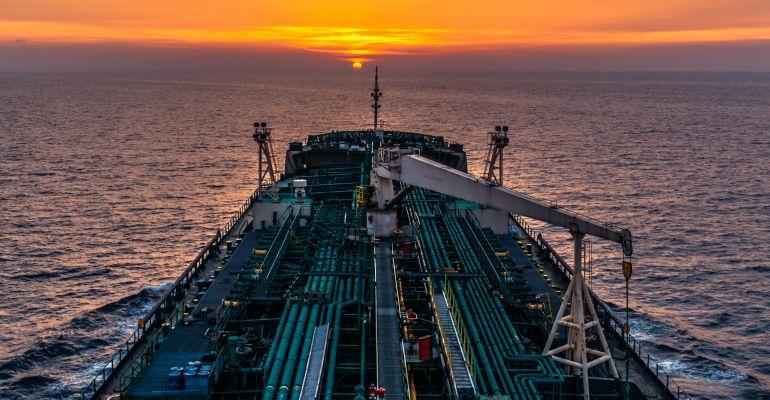Over the last couple of months, crude tanker rates have broadly fallen across most routes from the astronomical levels of March-April 2020 on the back of weak oil trade, lower refinery runs globally and the return of vessels locked in floating storage.
“Although recovery in global economic activity will lead to some improvement in oil demand in 2H20, oil consumption at the end of 2020 is still likely to be 3.7% lower than in the same period of 2019. The bearish outlook does not end here, as demand in 2021 is forecast to be about 2.5% lower than 2019 level. As such, weak demand and inventory overhang from 2020 will prevent crude oil trade in 2021 reaching anywhere close to the 2019 level,” wrote Rajesh Verma, lead analyst for tanker shipping at Drewry.
In addition to the weakness in crude oil trade, the likely decline in long haul exports from the US to Asia will further squeeze the growth in dirty tanker tonne-mile demand in 2020-21.
According to the US Energy Information Administration (EIA), US crude oil production will decline from 12.2m barrels per day (bpd) in 2019 to 11.7m bpd in 2020 and 11m bpd in 2021. Middle Eastern crude is expected to gain market share in Asia, which in turn will keep tonne-mile demand for crude tankers in 2021 significantly lower than 2019.
“While tonne-mile demand will take more than two years to recover to 2019 levels, supply will keep inflating, notwithstanding the weak orderbook. The crude tanker fleet has already increased by about 7m dwt (1.7%) since the end of 2019. Another 31m dwt (7.5% of end 2019 fleet) is scheduled for delivery between 2H20 and 2022, with further ordering likely for this period,” Verma said.
“Thus, for rates to recover, significant scrapping will be required over the next two to three years. Until recently high freight rates and lack of pressure of compliance with IMO 2020 because of low bunker prices kept demolition low, but with the increase in oversupply and corresponding weakness in rates, scrapping activity is forecast to pick-up. That said, the pace of scrapping will thus decide how quickly the crude tanker market recovers,” he said.
Verma recalled that abnormally high freight rates since October 2019 have significantly improved the bottom line for many tanker companies this year, leaving deep pocketed owners reluctant to scrap tonnage until they face a liquidity crunch.
In addition, a young fleet with an average age of less than 11 years will be another damper on scrapping.
“So owners need to be aware that it will be a slow and painful market recovery if the pace of scrapping remains sluggish,” Verma warned.
Copyright © 2024. All rights reserved. Seatrade, a trading name of Informa Markets (UK) Limited.
Add Seatrade Maritime News to your Google News feed.  |

